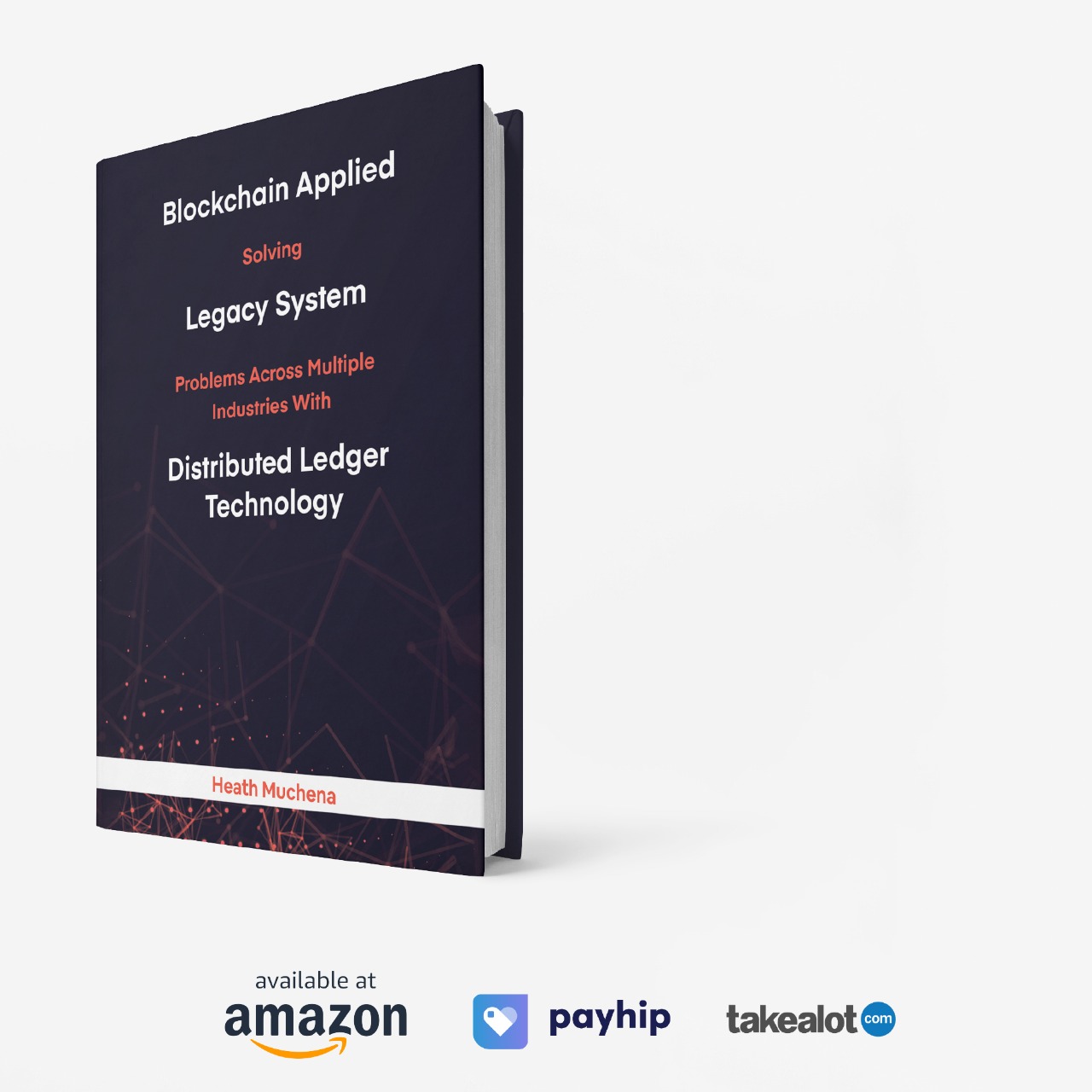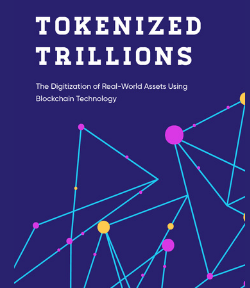
Banks’ concern over stablecoins ‘ignores reality’ — Coinbase
Coinbase says US banks’ concerns that stablecoins will harm the industry are unfounded, as most stablecoin use happens in emerging markets.
Coinbase Challenges US Banks’ Narrative on Stablecoins’ Threat to Traditional Finance
Coinbase researchers have publicly countered concerns expressed by US banking institutions regarding the impact of crypto stablecoins on the traditional banking sector. While banks warn that stablecoins could cannibalize deposits and destabilize financial systems, Coinbase argues these fears overlook the nuanced realities and primary use cases of stablecoins globally.
Most notably, stablecoins are predominantly utilized in emerging markets where traditional banking infrastructure is limited or inaccessible. Here, these digital assets facilitate remittances, cross-border transactions, and serve as critical tools for financial inclusion—functions that often complement rather than replace conventional banking services.
Dispelling Misconceptions: Stablecoins’ Role Beyond US Financial Hubs
The Coinbase study highlights that stablecoins are not merely speculative instruments but practical solutions addressing liquidity challenges in underserved regions. Instead of siphoning deposits away from US banks, these tokens extend opportunities to populations otherwise excluded from formal finance.
Moreover, the research points to a growing ecosystem of regulated stablecoins that adhere to transparency and compliance protocols, mitigating risks and fostering trust among users and regulators alike.
Regulatory Dialogue and Future Directions
Coinbase calls for a more informed policy discourse that recognizes the diversity of stablecoin applications and the innovation they bring to global finance. Constructive engagement between crypto entities, banking stakeholders, and regulators could pave the way for frameworks that protect systemic stability without stifling technological progress.
As stablecoins continue to evolve, striking a balance between safeguarding consumer interests and enabling broader financial access remains imperative. The ongoing debate underscores the transformative potential of blockchain-based assets within the modern monetary system.
Original Source
Read the original article from Cointelegraph
Recommended Articles

Bitcoin And Gold Are Two Phases Of The Same Monetary Revolution — Here’s How
In the often-heated debates about the future of finance, Bitcoin and gold are frequently pitted against each other as competing assets. However, this perspective overlooks a more profound truth, and there are two distinct and complementary manifestations of t…

In crypto’s casino, Bitcoin stands alone as the ultimate prize
If you’ve ever bought a token only to find out its grand use case was “having a token,” congrats, you played the game just right. Wolf of All Streets’ Scott Melker sums it up best. After years wandering crypto’s high-stakes tables, he’s upgraded his stance fr…

EU set to expand supervision of stock and crypto exchanges
Esma to also settle disputes between large asset managers, according to proposals





